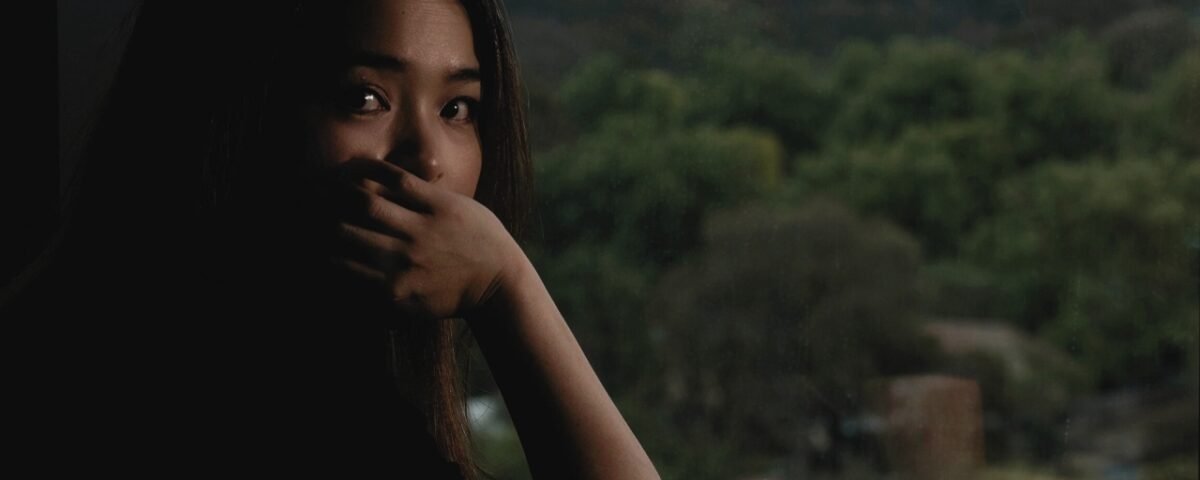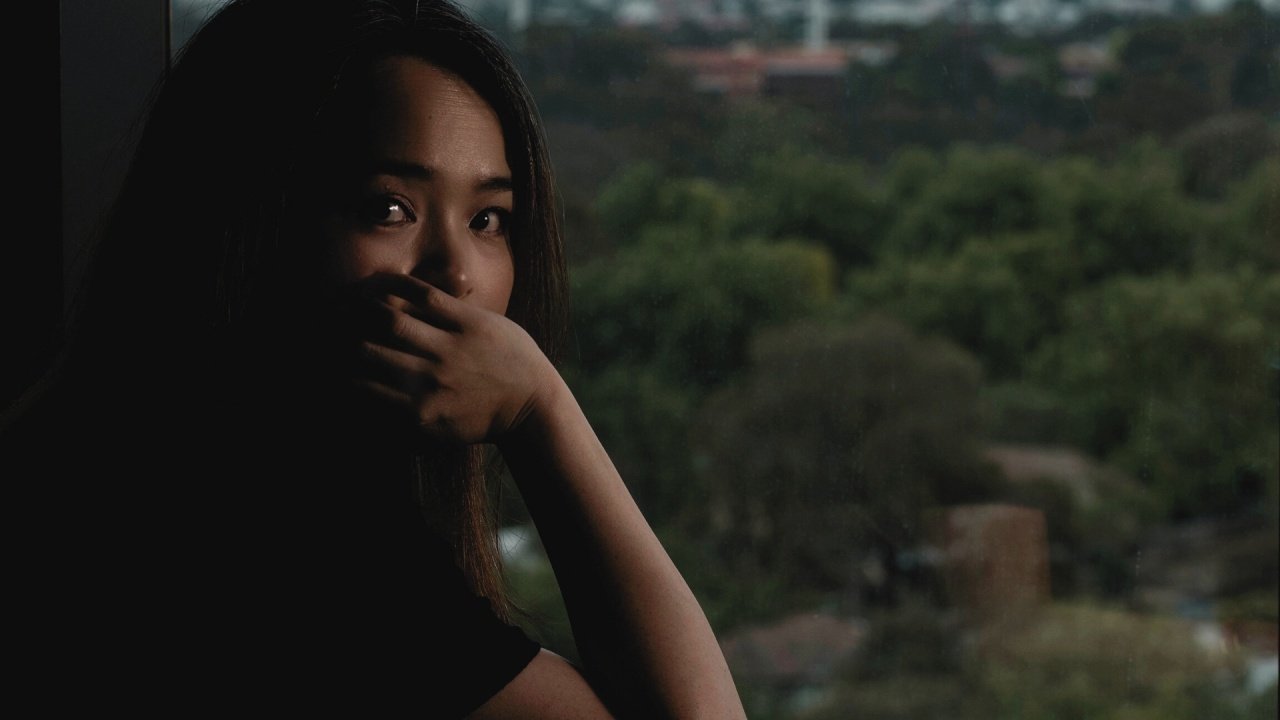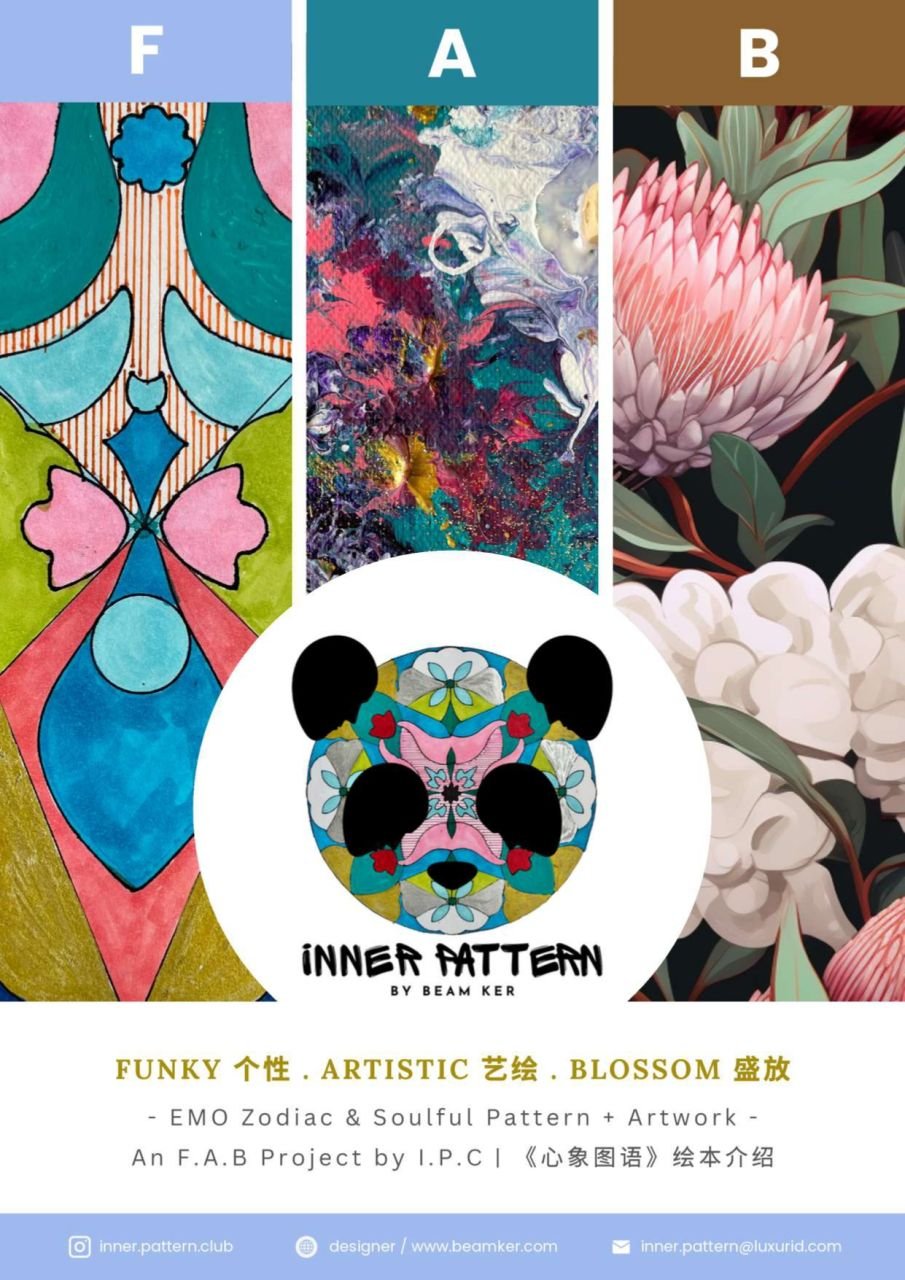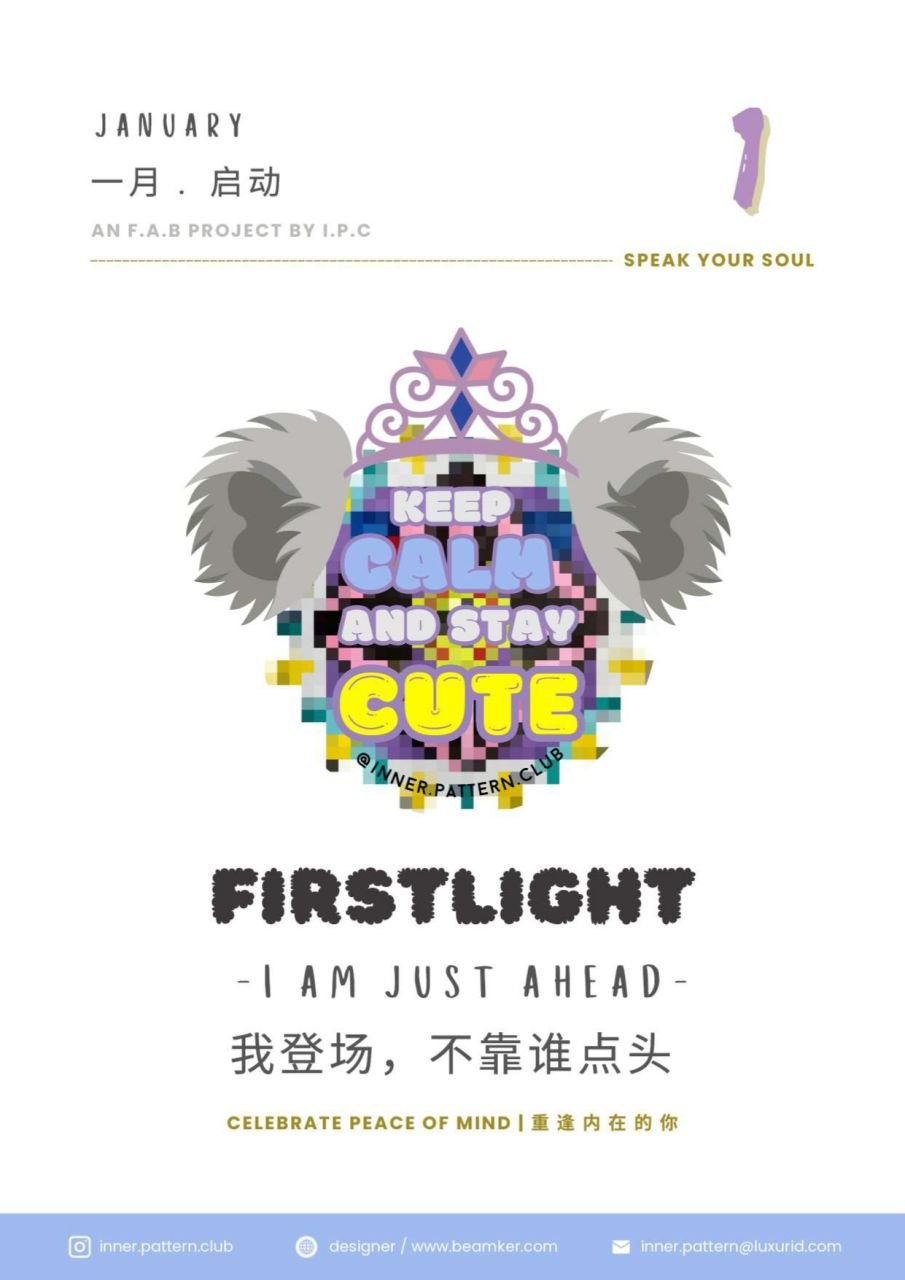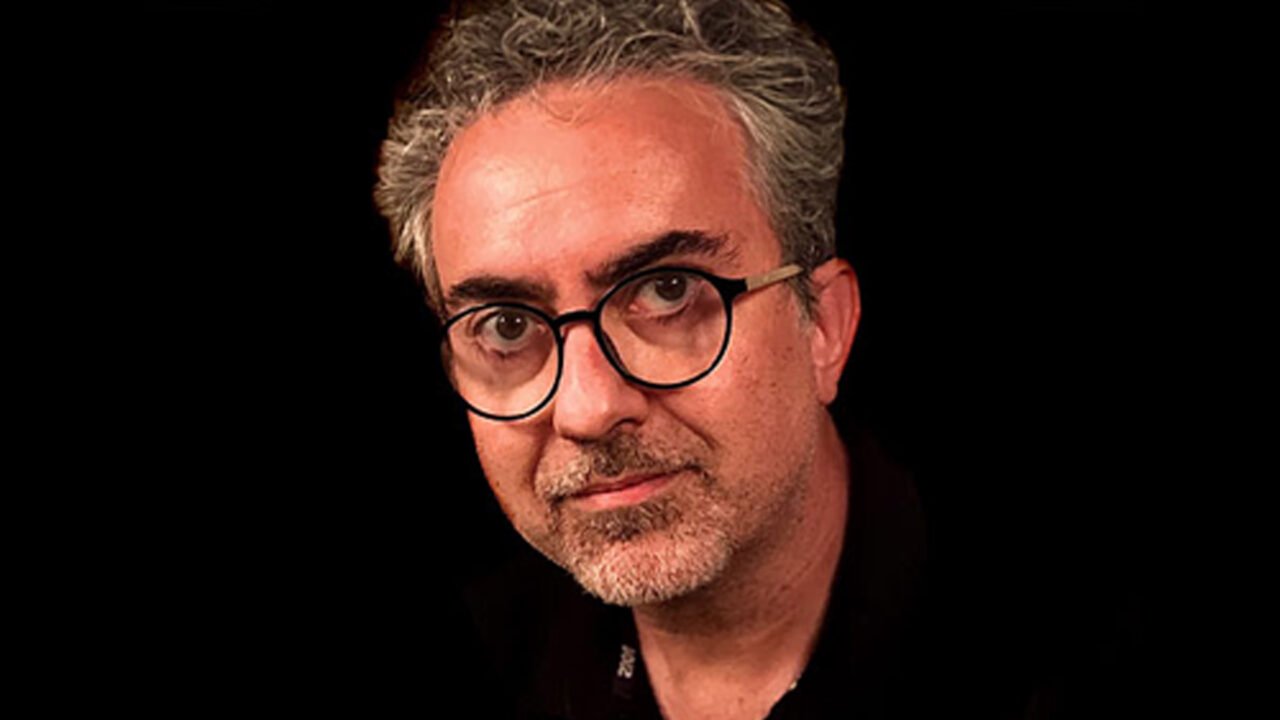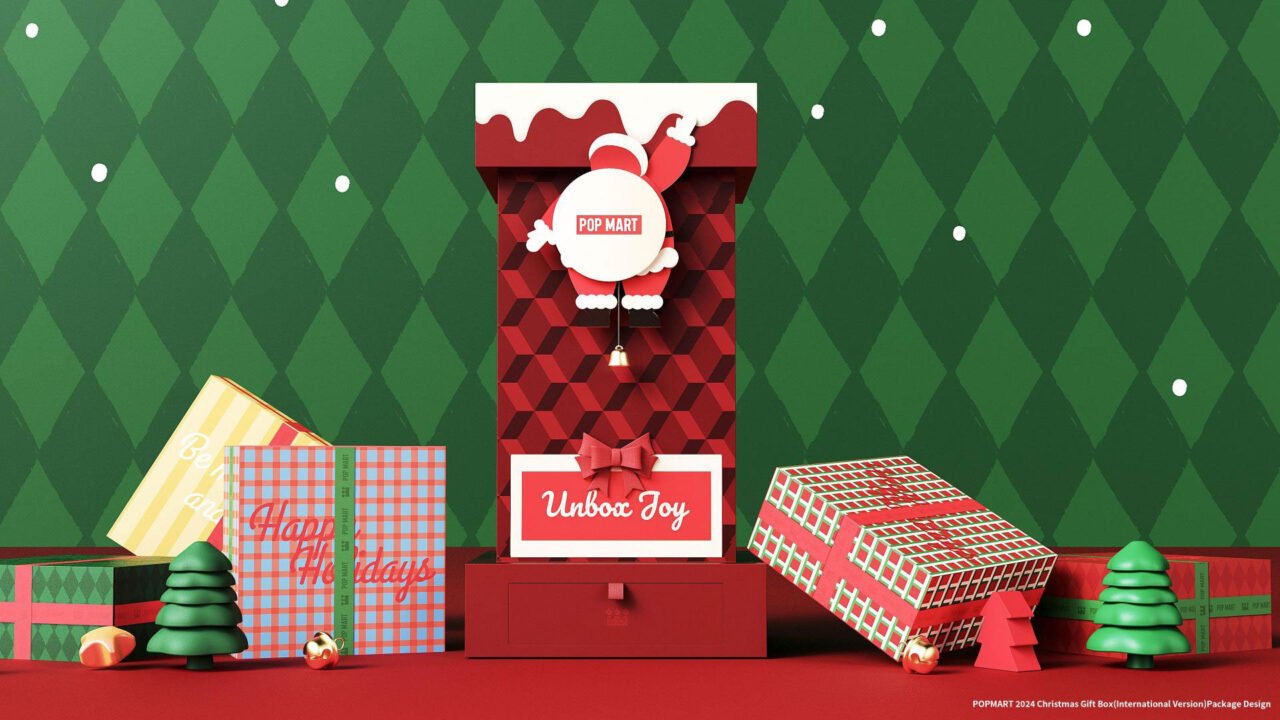
Inside the Twisted House: A Conversation with Zhaoxiong Han
July 15, 2025
BORDER BONDS | How Daria Yang Du Envisions Borders as Bridges
July 15, 2025Beam Ker
Beam Ker is an architect, artist, and founder of Inner Pattern Club - The 12 Emo Zodiac, a creative studio rooted in emotional design and symbolic storytelling. Her work blends structure and intuition, offering visual systems that give form to feeling and create space for reflection, healing, and inner clarity.
My name is Beam Ker. I am an architect, an artist, a visual storyteller, and the founder of Inner Pattern Club - The 12 Emo Zodiac, a creative studio rooted in emotional design and symbolic language. My background bridges architectural thinking, visual art, and intuitive expression.
I was first drawn to design not just as a profession, but as a way of transforming inner emotion into form, of giving shape to the things we often feel but can’t quite say. After going through a period of deep personal stillness and emotional recalibration, I began sketching mandalas as a form of quiet reflection. That process eventually evolved into Inner Pattern Club - The 12 Emo Zodiac —a design language built on archetypes, emotion, and inner mapping.
For me, design is not only about how things look, but how they hold space—space for feeling, for healing, and for being seen. That is the kind of design I want to contribute to the world.
For a project like Inner Pattern Club - The 12 Emo Zodiac —which lives in the space between emotion, design, and symbolic storytelling—this award means that even deeply personal, intuitive work can find resonance on an international stage.
It tells me there’s a growing space in the design world for work that is not just functional, but feels—that holds emotion, invites reflection, and dares to be soft in a world that often rewards hard edges.
More than a trophy, it’s a signal: to keep going, to trust the inner language, and to continue building a practice that is honest, emotional, and human.
Winning the London Design Awards has been both a moment of affirmation and expansion. For me, as an independent designer and founder of Inner Pattern Club, this recognition opened new conversations with curators, collaborators, and wellness-focused brands who resonate with the emotional depth and symbolic clarity of the work.
It validated that emotional design has a place in the global creative dialogue, not just as art, but as a tool for connection, reflection, and identity.
Since the award, it has elevated the visibility of Inner Pattern Club - The 12 Emo Zodiac, as a visual language, leading to inquiries for creative collaborations, brand integration, and even spatial applications. Most importantly, it gave me the confidence to keep building a practice that blends intuition, story, and symbolic design—on my own terms, and with greater reach.
Experimentation is at the heart of my creative process, especially when working with emotional concepts that don’t always have a fixed form or language. For me, it’s less about finding the “right” solution and more about creating space for the unexpected to emerge.
Inner Pattern Club - The 12 Emo Zodiac itself was born from a series of quiet experiments—sketching mandalas without intention, layering astrological archetypes with emotional journaling, and exploring how visual symbols could become emotional mirrors.
One key breakthrough came when I stopped designing “illustrations” and started designing emotional states as visual totems. That shift unlocked a more intuitive, resonant system—one that people now connect with in deeply personal ways.
Experimentation, for me, is a process of emotional listening. It’s how I discover form through feeling—and ultimately, how I build work that connects.
One of the most unusual yet meaningful sources of inspiration came from a quiet moment during a community yoga class. As we moved through breathwork, the instructor asked us to “name the feeling without fixing it.” That simple prompt unlocked something in me—the idea that emotions could be acknowledged, witnessed, even honoured, without needing to be solved.
Later that week, a conversation with a close friend navigating depression deepened the thought. I started wondering: What if design could offer emotional presence instead of solutions? What if a visual could hold space the way a friend does—without judgment?
That question became the foundation of Inner Pattern Club - The 12 Emo Zodiac—a visual language where each archetype doesn’t solve an emotion, but simply reflects it back to the viewer, gently and honestly. It taught me that inspiration isn’t always visual—sometimes it’s human, raw, and quietly profound.
One thing I wish more people understood is that the design process isn’t always linear—or instantly visible. It’s not just about aesthetics or deliverables; it’s about holding space for questions that don’t yet have answers.
For me, design often begins in ambiguity—sitting with emotions, sensing patterns, and listening deeply before anything is sketched or structured. Especially when working with emotional or symbolic content, the process can feel more like uncovering than inventing.
Design isn’t just about making things look good—it’s about making people feel seen. That takes time, sensitivity, and a willingness to trust the invisible parts of the process.
Balancing client expectations with creative integrity is less about compromise and more about alignment. I always begin by deeply understanding the emotional intention behind a project—not just what the client wants to see, but how they want people to feel.
When I stay rooted in that shared emotional core, it becomes easier to adapt visually without diluting the deeper idea. I see it as a dialogue: clients bring real-world goals, I bring symbolic language and intuition, and when we meet in the middle, the work becomes both meaningful and effective.
At its best, this balance isn’t about choosing sides—it’s about designing a solution that holds space for both vision and value.
One of the biggest challenges was translating something as abstract and deeply personal as emotion into a clear, symbolic visual form. I wasn’t just designing icons—I was designing states of being. The process required a delicate balance between intuitive exploration and structured visual logic.
There were moments of doubt, wondering if the work was “too soft,” “too quiet,” or simply “too personal” to resonate publicly. But instead of pulling back, I leaned into the emotional honesty of the project. I grounded each icon in archetypes, colour psychology, and reflective journaling to build a visual system that was both poetic and precise.
Overcoming the challenge wasn’t about forcing clarity—it was about trusting the process, letting the language of feeling emerge through form, and staying present with the discomfort of the unknown. That’s what ultimately gave The 12 Emo Zodiac its strength and resonance.
When I hit a creative block, I don’t push through it—I pause and listen. For me, blocks are often signals that something deeper wants to surface. Instead of chasing inspiration, I shift into observation and restoration.
Sometimes that means stepping away from the screen and spending quiet time in nature. Other times, it’s through movement—yoga, walking, or even just breathing with awareness. I also find renewal in honest conversations with friends, especially when we talk about emotions without needing to fix them.
Creativity isn’t always about output—it’s about receiving again. When I return to work with a clearer internal space, the ideas usually return, often softer, wiser, and more aligned than before.
My work is deeply rooted in the values of emotional honesty, intuition, and inner transformation. I often design from lived experience—moments of stillness, grief, growth, or gentle joy that don’t always have words, but carry weight.
I believe design can be a form of quiet healing, so I infuse each project with space for reflection, symbolism, and self-recognition. Rather than creating to impress, I create to connect—to offer something that feels sincere, resonant, and human.
Inner Pattern Club - The 12 Emo Zodiac, for example, grew out of my own emotional processing and desire to turn invisible feelings into visible forms. It’s not just a visual system—it’s a mirror, a language, and sometimes, a soft place to land.
Success in design isn’t just about skill—it’s about self-awareness and staying rooted in what feels true to you. My advice: don’t rush to fit in. Spend time understanding your own rhythm, your voice, and what you actually care about, not just what’s trending.
Design is not only a way to make things look good—it’s a way to tell the truth, to reflect emotion, to hold space. The more honestly your work reflects who you are, the more naturally it will resonate with the people it’s meant for.
Stay curious, protect your sensitivity, and remember: your unique way of seeing the world is your superpower.
If I could collaborate with any designer, it would be Georgia O’Keeffe—not traditionally labelled a designer, but someone whose sensitivity to space, symbolism, and emotion deeply resonates with me.
Her ability to translate inner stillness into form, to say so much with colour, texture, and restraint, feels spiritually aligned with how I approach visual language. I imagine our collaboration would be quiet, contemplative—less about creating products and more about crafting presence. Something symbolic, healing, and deeply human.
Because sometimes the best design isn’t loud—it’s the kind that stays with you long after you’ve looked away.
I wish more people would ask, “What feeling do you want your work to leave behind?”
Because while most focus on what it looks like, my real intention is always about how it feels. I want my work to offer a sense of recognition—a moment where someone sees a part of themselves they couldn’t name before. A quiet “yes, that’s me” or “I’ve felt that too.”
Whether it’s a character, a symbol, or a space—if it can hold someone’s emotion gently, without needing to fix it, then the design has done its work.
Winning Entry
The 12 Emo Zodiac: A Symbolic Language of Emotion | 2025 London Design Awards
The 12 Emo Zodiac is a symbolic language of emotion expressed through twelve archetypal icons—each embodying a core emotional state such as fear, compassion, clarity, or anger. These visual totems blend hand-drawn mandalas with astrological symbolism and psychological insight... (read more here)
Beam Ker
Beam Ker is an architect, artist, and founder of Inner Pattern Club - The 12 Emo Zodiac, a creative studio rooted in emotional design and symbolic storytelling. Her work blends structure and intuition, offering visual systems that give form to feeling and create space for reflection, healing, and inner clarity.
Read more design From Her Own Home to Yours: How Hsin Yu Hsu Found Her Calling in Interior Design here.

